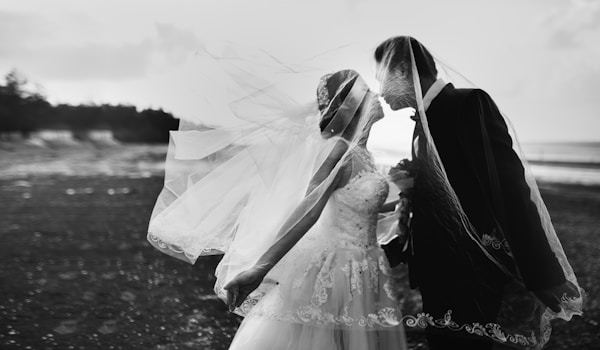How to Handle Alterations for a Wedding Dress with a Criss-Cross Back
How to Handle Alterations for a Wedding Dress with a Criss-Cross Back
Choosing a wedding dress is one of the most important decisions in wedding planning. A well-fitted dress not only enhances your beauty but also ensures you feel comfortable and confident on your big day. When it comes to specialized designs like a wedding dress with a criss-cross back, alterations can be a bit tricky. In this article, we'll explore how to handle alterations for such a dress, answer frequently asked questions, and provide you with essential tips for your fitting sessions.
Understanding the Criss-Cross Back Design
The criss-cross back design is popular for its elegant and flattering silhouette. It adds a unique touch to Wedding gowns, making them stand out. However, this intricate design often requires more technical alterations compared to traditional styles. Commonly, criss-cross backs are made of delicate fabrics, which adds to the challenge of finding the right fit.
Factors to Consider for Alterations
Before diving into alterations, keep these factors in mind:
- Fabric Type: Delicate fabrics like lace, chiffon, and satin may require specific handling. Always use a specialized tailor to avoid damaging these materials.
- Design Complexity: The criss-cross pattern may be attached to other design elements such as beadwork or embroidery. Tailors must assess these elements carefully to maintain the overall look.
- Body Measurements: Accurate measurements are crucial. Ensure that you take various positions into account to ensure the back fits well when you move.
Step-by-Step Alteration Process
Here’s a systematic approach to handling alterations for a wedding dress with a criss-cross back:
1. Find an Experienced Tailor
Locating a tailor who specializes in Wedding dresses—especially those with unique designs—is vital. Look for recommendations or read reviews online to ensure you choose someone who understands the nuances of altering a criss-cross back.

2. Schedule an Initial Fitting
During the initial fitting, the tailor will take precise measurements and analyze how the dress fits you in various poses. This session will help them determine what needs to be altered, whether it’s the straps, the bodice, or the back panel.
3. Communicate Your Vision
Be clear about your preferences. If you have a specific look in mind, such as a tighter fit around the waist or a looser fit at the back, communicate this with your tailor. Your feedback will guide the alteration process.
4. Make Necessary Adjustments
After the initial fitting, it’s likely that several adjustments will be suggested. Here’s a quick overview of common adjustments that might be necessary:
| Adjustment | Description |
| Strap Length | Adjusting the straps to ensure the back lies flat and doesn’t shift during movement. |
| Back Height | Modifying the height of the criss-cross back for better support and style alignment. |
| Waist Fit | Taking in or letting out the bodice to enhance your shape. |
5. Schedule Follow-Up Fittings
Multiple fittings may be necessary to ensure that all adjustments are perfect before the big day. Make sure you wear the appropriate undergarments during these sessions to give the tailor an accurate representation of how the dress fits when you are fully prepared for your wedding.
6. Final Alterations
At the final fitting, the dress should feel comfortable, and all alterations must seamlessly blend into the overall design. Confirm with your tailor that the criss-cross pattern lies flat and does not ride up or shift uncomfortably. This step is crucial in ensuring that the dress looks perfect as you walk down the aisle.
Frequently Asked Questions
What If I Am Unsure About the Fit?
If you're uncertain about how your dress fits, consult your tailor for a professional opinion. They can offer guidance on how alterations can enhance the dress's appearance and fit.
How Much Do Alterations Usually Cost?
The cost of alterations can vary significantly based on several factors, including the tailor’s experience, the complexity of the design, and the number of adjustments needed. For dresses with criss-cross backs, expect to pay anywhere from $150 to $400 or more. Always request a quote before proceeding.
How Long Should I Allow for Alterations?
Plan for alterations to take at least two months before your wedding date. This timeline ensures adequate fitting sessions and allows for any last-minute adjustments without stress.
Conclusion and Final Thoughts
Handling alterations for a wedding dress with a criss-cross back can be intricate but rewarding when approached correctly. Choose a skilled tailor, communicate your preferences, and allow enough time for multiple fittings to ensure your dress fits perfectly. The key is to enjoy the process and remember that a well-fitted dress will enhance your comfort and confidence on your special day. Don't hesitate to ask questions throughout the process, and always trust your tailor’s expertise. Getting everything right will ensure you shine as you walk down the aisle!
